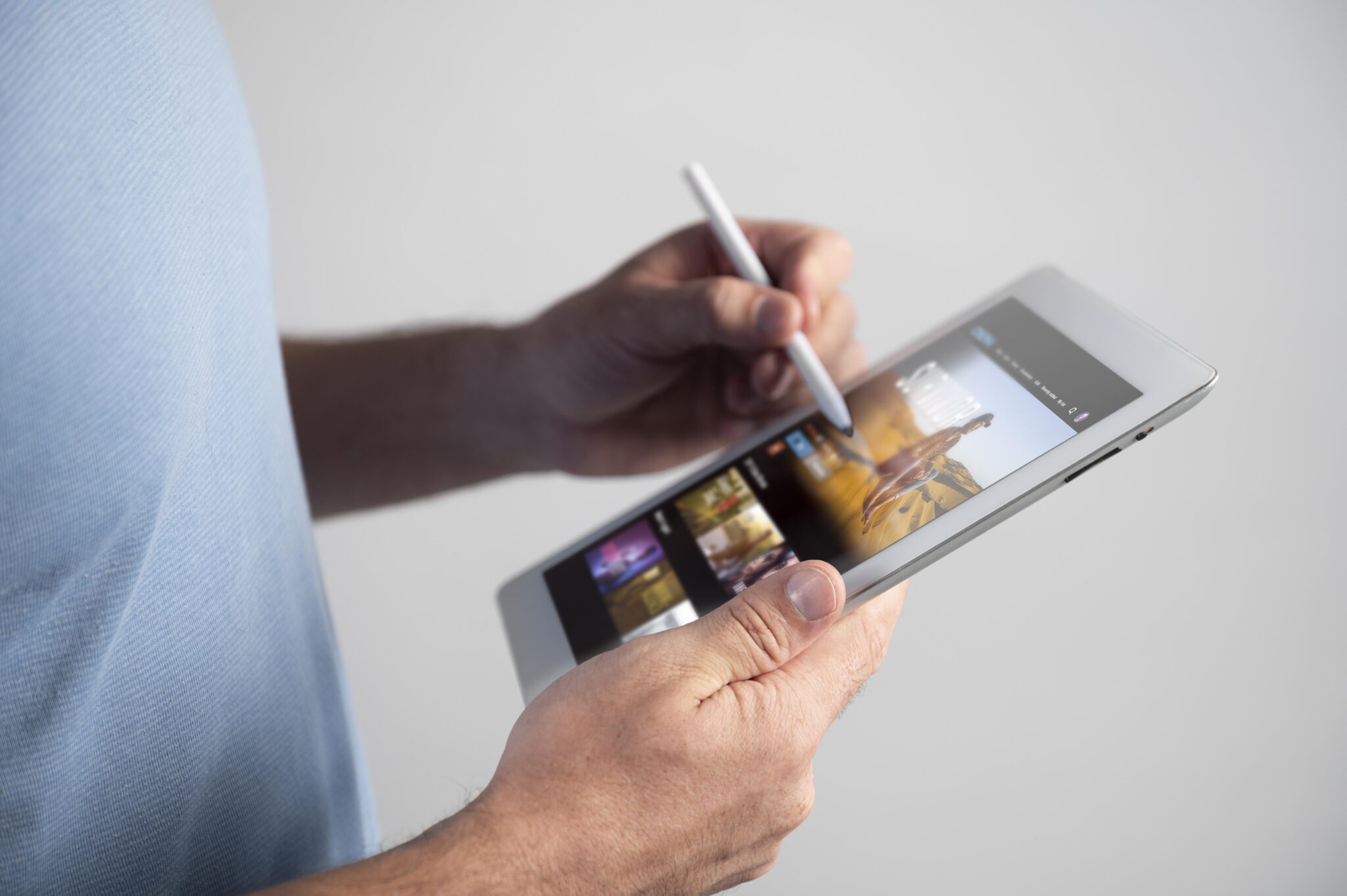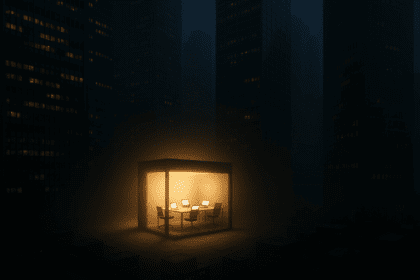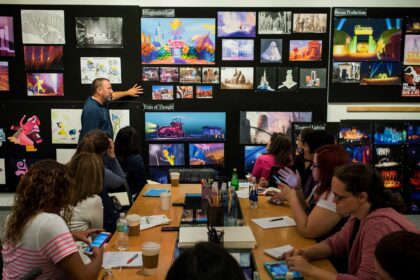More than ever, being an artist means being an entrepreneur. For many creatives in 2025, making rent isn’t about waiting for one big gallery sale or hit single: it’s about layering income streams, embracing global reach and leveraging new tech. In this piece we’ll explore how artists are really making ends meet with multiple revenue channels, smart fan-engagement and real-world case studies. Whether you’re a visual artist, musician or creator, the thesis is clear: diversify or risk falling behind.

Streaming & Digital Rights: The Foundation of Modern Income
From pennies to meaningful payouts
For musicians especially, streaming revenue remains a cornerstone. According to IFPI’s Global Music Report 2025, the recorded music market continues its global growth. Meanwhile, Spotify’s 2024 “Loud & Clear” transparency initiative reports that the platform paid US$10 billion in royalties last year.
But there’s a caveat: only a small portion of artists make large incomes from streaming alone. As The Guardian noted, “only 4.4 % of professional or near-professional acts generated at least US$131,000 in 2024.”
“It’s unlikely that commission art will be a large enough or stable enough income stream on its own.” – Reddit artist commentary Reddit
So how does an artist move from a few dollars per stream to making rent? By using streaming as one engine in a broader business model. For example:
- Build catalogue + publish globally → passive income
- Use streaming data to locate where your fans are and tour or license accordingly
- Couple streaming with multiple other revenue streams (see below)
What this means for rent-making
Suppose an artist needs USD 2,000/month to pay for living expenses. At an average payout of US$0.004 per stream (industry estimate for some platforms) they’d need 500,000 streams monthly, a high bar. So streaming alone is rarely enough unless you hit large numbers. The smart artists recognise this and stack: streaming + merchandise + licensing + live work.
Merchandise, Direct-to-Fan & Community Revenue
Turning fans into customers
Beyond listens, an artist’s fanbase can buy something tangible, and that often nets higher margins. An analysis from 2025 points out that artists are increasingly using tools like Shopify integrations on streaming platforms, drop-style merch, limited-edition vinyl and direct-fan subscriptions.
Examples of direct-to-fan tactics:
- Limited-run hoodies, signed prints, exclusive drop collaborations
- Patreon, Bandcamp and subscription-style “inner circle” access
- Live-streamed workshops or Q&A sessions, ticketed or pay-what-you-can
- Bundling digital + physical art (e.g., NFT with print, or physical album with download)
Why this matters: Margins often are better (no middle-man label), and it builds a closer relationship with support-ers. For an artist trying to make rent, even a modest but dedicated community of 100-200 fans willing to spend $20-50 per month can make a meaningful difference.
Licensing, Sync & Passive Use Income
Let your work pay while you sleep
One of the less glamorous but very effective income streams is licensing meaning letting your work be used in TV, film, ads, games or other commercial media. For visual artists that might mean prints or commercial use; for musicians it means sync royalties.
Streaming & publishing companies report strong growth in payouts: for example, Spotify noted over US$4.5 billion in publishing payouts to songwriters in 2024.
For an artist making rent, this means:
- Maintain your rights and metadata cleanly so any use of your work triggers payment
- Register your work with appropriate rights organisations
- Market your work in the “licensing ecosystem” (via galleries, libraries, music services)
A well-placed sync or commercial sale can pay what dozens of months of merch sales might not. It’s less frequent, but higher value when it happens.
Live Work, Workshops & Hybrid Revenue
Real-life engagement still counts
Although digital is dominant, live and real-life engagement remain critical. For artists this might take many forms: live shows, gallery openings, workshops, speaking engagements, pop-up events or residency work.
In the visual arts world, mid-tier galleries and smaller dealers (turnover < US$250k) reported 17% growth in 2024 despite the broader contraction. United States of America This tells us smaller, agile models are working.
For rental-making artists:
- Host paid or ticketed workshops/masterclasses (in-person or online)
- Speak or participate in panels (paid or for exposure to sell work)
- Limited-time exhibitions or popup storefronts
- Hybrid-model: live event leads into limited online drop
In sum: live activity builds visibility, energises your community and converts into other income streams.
Global Reach & New Bedrock: Diversification
The pattern of a sustainable artist business
When you step back, the common themes among artists who “make rent” in 2025 are:
- Multiple income streams (streaming + merch + licensing + live + workshops)
- Global orientation: fans and customers worldwide
- Studies show that for many musicians, more than half of their earnings now come from outside their home country.
- Ownership and rights clarity: you must own/badge your work to monetise flexibly
- Community and brand mentality: your fans are your business asset
- Lean cost structure: fewer overheads, more direct-to-fan or agile models
Case study (hypothetical but illustrative):
An independent musician publishes tracks on major platforms → streaming nets ~$500/month. They launch a limited‐edition vinyl + hoodie drop: 100 units at $40 each = $4,000 revenue (before costs). They license one track for a commercial: $10,000 upfront. They host one paid workshop: $2,000. Total annual: ~$70,000 → costs ~$30k → net ~$40k or ~$3,300/month. Enough to pay modest rent + basic life support. Then they scale slowly. This model is replicable if you think in terms of “stacked micro-businesses”.
Challenges & What to Watch
The pitfalls of the 2025 landscape
Even with all of this, the path is not easy:
- Platform payouts remain low unless you hit scale.
- For visual artists: high cost of materials, shipping and exhibition space can erode margins. Reddit commentary: “Paying rent with commissions would be seriously challenging.”
- The global art market at high end is showing signs of contraction. For example, auction sales in the first half of 2025 dropped 8.8% year-on-year.
- Emerging threats: AI-generated works are raising questions about rights, attribution and potential downward pressure on rates.
- Cost of living continues to rise (especially in cities), so the “rent baseline” has increased.

Conclusion: Actionable Takeaways & Forward Outlook
To wrap up: if you’re an artist looking to make rent in 2025, think of your work not just as “art” but as a diversified micro-enterprise. Build multiple income streams, engage your audience, protect your rights and keep your cost base lean. The market has grown streaming, licencing and global access are real but success depends less on miracles and more on consistent business strategy.
Takeaways:
- Use streaming as a foundation, not the whole business.
- Sell something your audience can hold, wear or experience.
- Register your rights and actively seek licensing deals.
- Engage live, online and offline visibility builds conversion.
- Structure your business for diversity and resilience.
Forward outlook: As global connectivity increases and tools for independent creators improve, the next 3-5 years are likely to see even more niche artists achieving sustainable income. However, platform dynamics, AI, and inflation will continue to pose challenges meaning adaptability will be a core survival skill.






